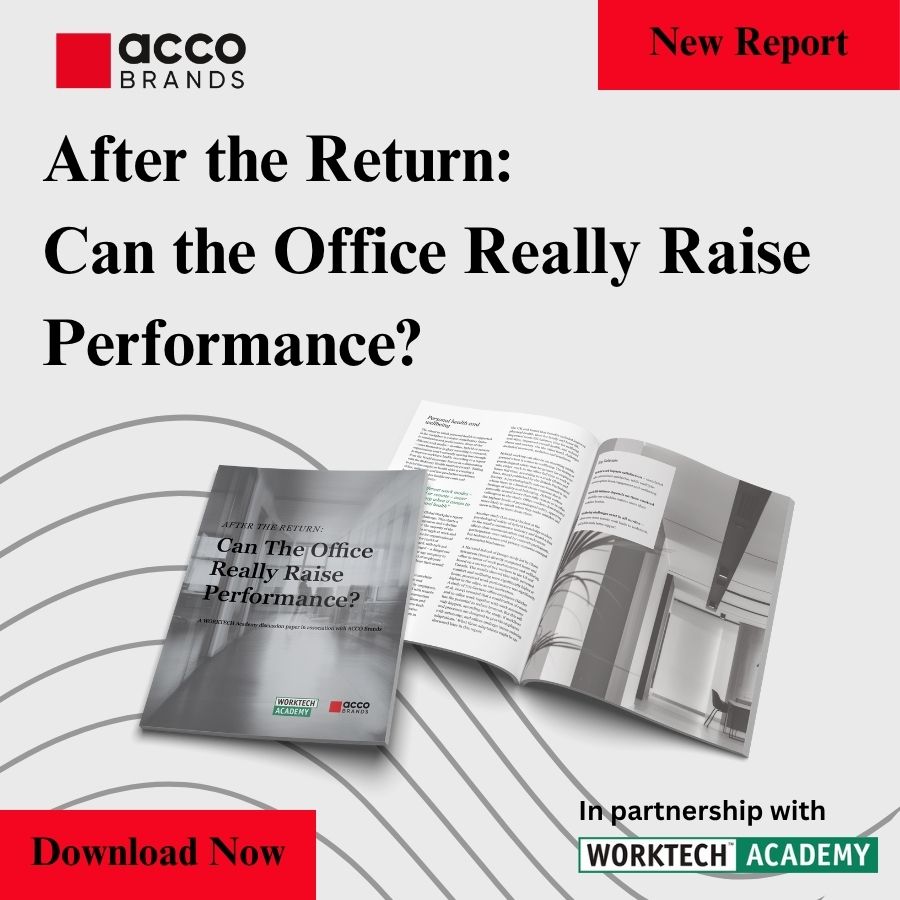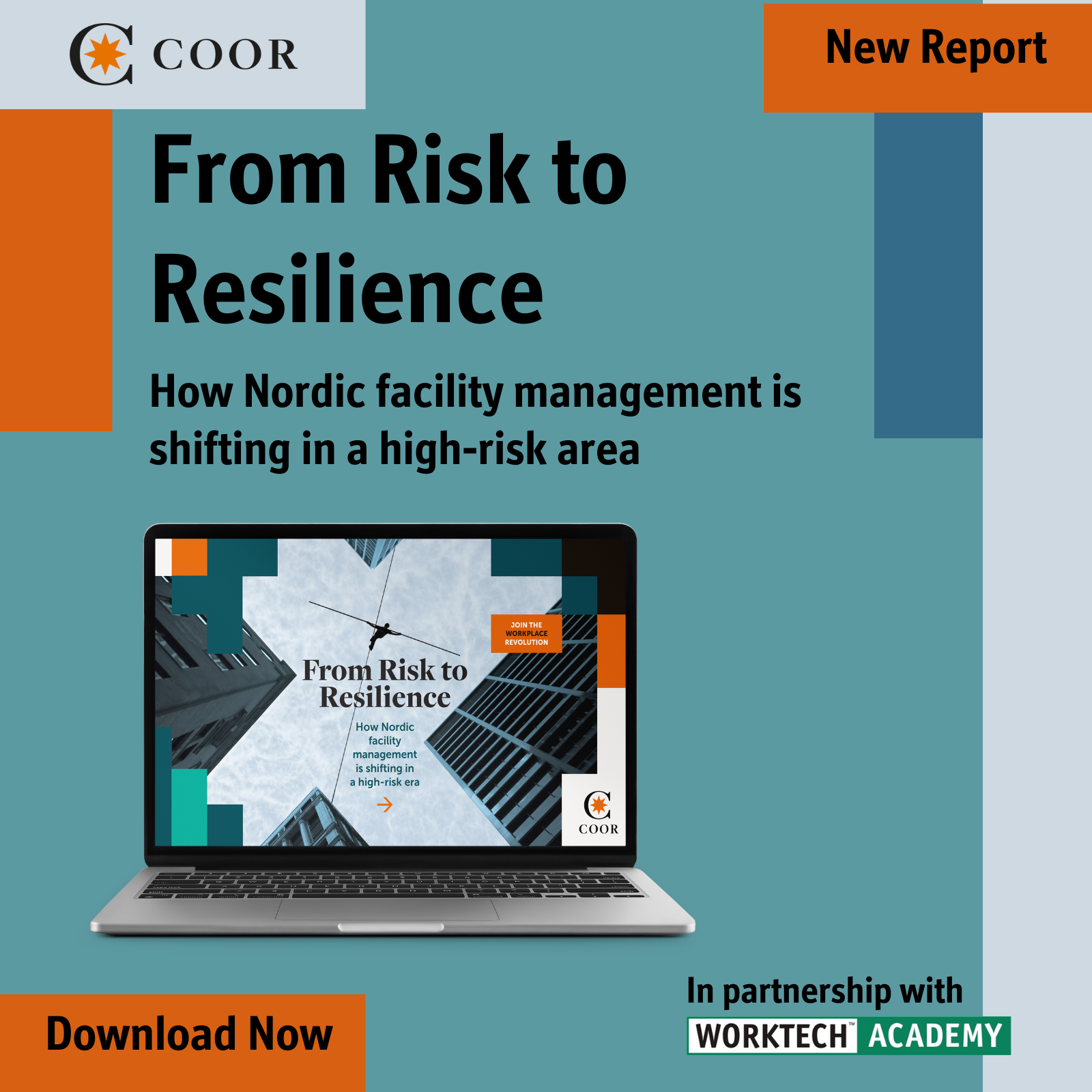Why a sharper focus on user preferences can aid return to office
New research from Eindhoven University of Technology probes how key workplace design features can decide whether people attend the office – or choose to stay away
Can designing to support user preferences encourage more people to work in the office? At a time when the return to office remains patchy – and many organisations are still scratching their heads about how lure people back – it’s a question worth asking.
According to new in-press research from a Dutch team led by Rianne Appel-Meulenbroek at the Eindhoven University of Technology, the answer to this question is yes. Their study, which builds on several published studies from the same set of researchers, indicates how worker design preferences vary on days when employees have the option to work from the office or anywhere else (what the scientists call ‘flexible days’) and on days when in-office attendance is required (‘office workdays’).
Variety of settings
The research reveals that providing a variety of working environments can increase the likelihood that people will choose to work in the office on days when they have location options and generate more positive workplace experiences whether they do or not.
The study reports that when employees are granted autonomy over their work location with flexible workdays, their preferences for attributes related to social connections seem to increase: ‘They seem to value social and eventful spaces . . . with sufficient autonomy to work from home, employees may be more tolerant of different office layouts and more willing to accept open-plan offices when they choose to be in the office.’
Conversely, with lower autonomy on office workdays, preferences seem to shift more strongly towards attributes that support competence: ‘On office workdays, employees seem to value practical and functional amenities that support productivity and comfort.’
On both flexible and office workdays, people had stronger preferences for the design of secondary spaces, such as kitchenettes, than core workplaces. The authors suggest focusing attention on the design of these secondary areas as their form may carry more weight when people are deciding whether to come into the office.
Building on past studies
Prior research has also resulted in practical findings based on individual preferences. For example, Oseland and Raw (2024) determined via an online survey that ‘a higher proportion of respondents who have assigned or allocated desks prefer working in the office compared to those with unassigned desks.’ Ninnemann and colleagues (2024) studied decision making by hybrid teams, concluding that ‘complex tasks involving intensive information exchange benefit from collaborative formats on-site. Urgent and/or complex tasks require more time for spontaneous team exchange in the physical workplace.’
Colenberg and colleagues (2022) studied available privacy and workplace satisfaction, reporting that ‘hybrid working may increase the need for informal interaction at the office while there still is a need for privacy and quiet spaces.’ Appel-Meulenbroek and colleagues (2022) found that when people were deciding where to work, key factors to be avoided were being able to overhear nearby conversations, working in an area where most nearby desks were occupied, or working in a space that seems isolated and not near circulation routes.
Both new and recent research clearly shows that workplaces for hybrid workers should be designed as non-hybrid ones – and that learning as much as possible about user preferences should be the foundation for workplace design.
Read more of the latest research insights from Sally Augustin in Research Roundup, her regular column in the Innovation Zone for WORKTECH Academy members and partners here.
Research sources
Rianne Appel-Meulenbroek, Aloys Borgers, Theo Arentze, Asli Sungur, and Deniz Tuzcuoglu. In press. ‘Differences in Preferences for Office Attributes in Hybrid Working: Office Versus Flexible Workdays.’ Journal of Environmental Psychology.
Rianne Appel-Meulenbroek, Astrid Kemperman, Make van de Water, Minou Weijs-Perree, and Jan Verhaegh. 2022. ‘How to Attract Employees Back to the Office? A Stated Choice Study on Hybrid Working Preferences.’ Journal of Environmental Psychology, vol. 81, 101784, https://doi.org/10.1016/j.jenvp.2022.101784
Susanne Colenberg, Natalia Herrera, and David Keyson. 2022. ‘Interior Design Features Predicting Satisfaction with Office Workplace Privacy and Noise.’ The 21st EuroFM Research Symposium,
Katja Ninnemann, Jennifer Schneidt, Christian Dehmel, and Tobias Ringeisen. 2024. ‘Team Rules Matter: Workplace Preferences for Team-Based Knowledge Work in Hybrid Settings.’ In Andrew Smith, Alasdair Reid, Mina Jowkar, and Suha Jaradat (eds.), Proceedings of the 4th Transdisciplinary Workplace Research (TWR) Conference, 4th-7th September 2024, Edinburgh, UK, pp. 785-797.
Nigel Oseland and Gary Raw. 2024. ‘The Enticing Workplace: Attracting People Back to the Office.’








